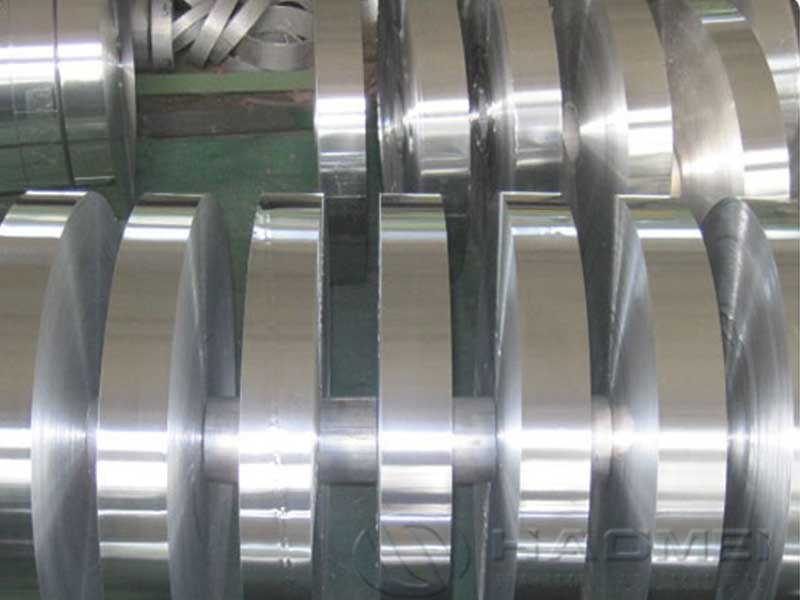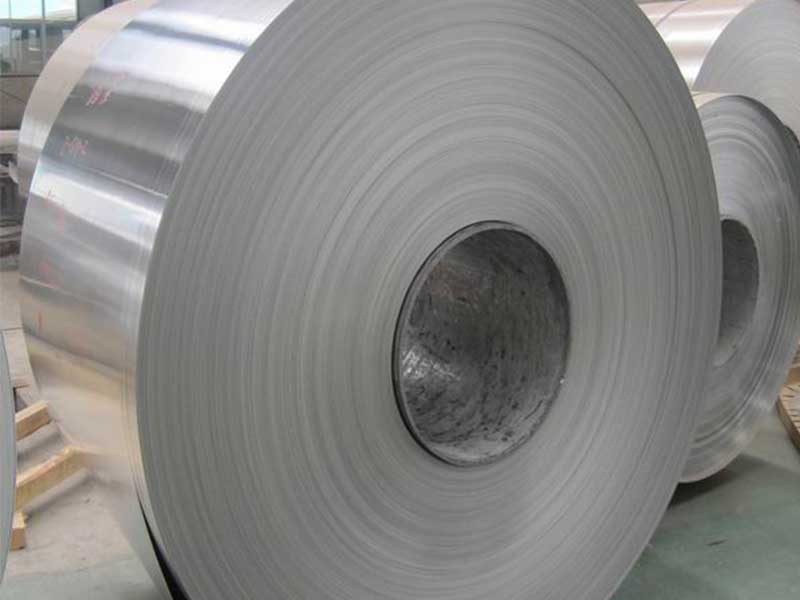3003 5052 Aluminum Strip
When one thinks of aluminum, the immediate connotation may involve both lightweight and durability. However, when delving deeper into the world of aluminum alloys, the true spectrum of capabilities reveals itself. A great example of this is in the powerful duo of 3003 and 5052 aluminum strips. At a glance, these may appear similar, but their distinct qualities opens doors to creative and practical applications across numerous fields.
The Distinctive Characteristics
3003 aluminum strip is primarily composed of 98.5% aluminum and is famous for its exceptional workability. Its manganese composition lends a specific toughness, ensuring it stands resilient against corrosive environments. For many sectors requiring malleability, this alloy represents an industry standard. Whether it’s for kitchen utensils, HVAC components, or storage tanks, the strength to weight ratio makes it loved by manufacturers.
Working with 3003 and 5052 aluminum strip daily reveals distinct processing characteristics. 3003, a manganese-containing alloy, is significantly more readily formable than 5052, which is a magnesium alloy. This difference impacts our production significantly. 3003's higher formability means we can achieve tighter tolerances and more complex shapes in processes like deep drawing and bending without significant springback, leading to less waste. However, its slightly lower strength compared to 5052 means we need to adjust tooling and parameters to prevent deformation during handling and subsequent operations. We’ve found that proper annealing schedules are crucial for 3003 to maintain its desirable ductility without sacrificing structural integrity.
Conversely, 5052's superior strength and corrosion resistance makes it ideal for applications requiring robust performance, particularly in marine or chemically aggressive environments. However, its greater stiffness necessitates more cautious forming techniques; we often employ specialized tooling and lubricants to minimize cracking and surface imperfections. The higher work hardening rate of 5052 also necessitates more frequent annealing cycles to prevent premature work hardening and potential fracture during processing. We've optimized our processes for each alloy, developing distinct tooling and parameters to achieve consistently high-quality outputs, balancing material properties with efficient manufacturing procedures.
In contrast, 5052 aluminum strip embodies a different spirit. Featuring roughly 2.5% magnesium, this alloy not only enhances corrosion resistance but propels it to high-strength standing among non-heat-treatable alloys. This signature property allows it to stand firm in demanding conditions without significant increase in weight. Given its incredible formability and weldability, the 5052 aluminum strip shines brightly in marine environments, automobile fuel tanks, and various architectural applications.
A Clash of Work and Play
Picture the designer looking for the perfect material for a new kitchen design. For sleek, functional cabinet facades, they might favor the beauty and ease of fabrication offered by 3003 aluminum strips. However, for making marine fixtures or sturdy products that invite attention without sacrificing utility, 5052’s robust qualities come to the fore.
The dance between 3003 and 5052 made me think about adaptability. Just as someone needs to pivot and respond to various scenarios, these aluminum strips dual-function with elegance across industries. From the subtle use in decorative elements to the heavy reliance on structural frameworks, both alloys signify the perfect balance of aesthetics and practical integrity.
The Application Horizon
These formidable pairs tackle a multitude of industries head-on. Take the automotive industry, for instance. Here, durability is paramount. A fuel tank can be manufactured using 5052 aluminum strips due to their ability to resist corrosion from fuel, while the inner workings or weight-reduction techniques can effectively use 3003 alloy for interior panels and trim.
Additionally, the architectural realm thrives on their individual attributes. Utilizing 3003 in structural applications showcases its beauty while leveraging the corrosion resistance and high fatigue strength of 5052 in outdoor settings, like railings and cladding.
Joining Forces: A Composite Legacy
The applications don’t magically resonate without their compatibility either. When thinking ahead, manufacturers often synergize these two alloys to craft bespoke components tailored to industry-specific needs. It reminds us that synergy creates a richer tapestry of benefits—how combining the specific traits of 3003 and 5052 enhances functionality while prioritizing aesthetic appeal.
As technology evolves, expectations grow, and industries learn to intertwine seamlessly between weight considerations and structural necessity, striving for little inefficiencies enhances the desire for visualization within projects.



